SHIFT HAPPENS: The Entrepreneurs, Wonks, and Investors Revolutionizing the Learning-to-Employment Landscape
CO-AUTHORED BY
Jamai Blivin, Founder, CEO, Innovate+Educate
Ben Wallerstein, Co-Founder, Whiteboard Advisors
A shift in the learning-to-employment landscape is beginning to challenge historic models of higher education, training, and hiring. The shift is giving rise to new companies, new models, and partnerships around formal, informal, and corporate learning, as well as new education and workforce strategies and policies. It has aligned the interests of civil rights leaders and corporate titans when it comes to identifying and cultivating talent. It holds the potential to address historic equity gaps — and to accelerate economic mobility.
This shift is rooted in the recognition that soft skills enable the choreography of teams poised for productivity, and that technical skills now outnumber cognitive and core skills in job descriptions in virtually every industry. It demands better matching between talent and jobs. It is accelerating the demise of the resume, as machine-readable credentials and evidence of competencies replace historic proxies for knowledge and experience. And it reinforces the need for a greater diversity of postsecondary education products and pathways.
At its heart, this shift is as much about when and where education happens as it is about producing — and using — data to discover and unlock the potential of talent. It is about shifting the model of postsecondary education from an enterprise software model — a one-time purchase — to what pioneers like General Assembly’s Jake Schwartz or Ryan Craig have described as a SaaS-based5 model, where individuals and organizations purchase the education they need, when they need it. It is about scalable alternatives to systemic bias in a hiring process that all too often limits access and equity. It is also about radical transparency for workers who can, for the first time, plan career paths and invest in education based on a real-time understanding of employer demand.
The shift is also stimulating significant investment as entrepreneurs see opportunity in the inefficiencies that plague traditional education‐to‐employment pathways and tech giants like LinkedIn harness unprecedented insight into the labor market to pioneer entirely new approaches to learning.
Opportunity abounds, but the rapid pace of change also creates complexity for employers, job seekers, educators, and training providers. The trends and trajectory of the shift are, at times, masked by seemingly conflicting messages across a multiplicity of new providers, an explosion of digital credentials, and the evolution of entirely new fields and job types. It raises complex questions without easy answers: Which credentials matter? And will companies really recognize them? How can we cut through the noise to replace signals with data that are both predictive and useful? How will emerging ethical guideposts and policy considerations ensure that innovation creates opportunity for individuals who have been left out because they are unable to demonstrate their potential through traditional means?
This paper makes the case for a new, competency-based learning and employment ecosystem. It explores both the challenges that necessitate the shift, and the landscape of players that will fulfill its promise. Our goal was to answer some basic questions: Why now? What are the basic categories and providers that make up the new landscape? What is missing? Who are the change makers involved? What are the trends that will animate investment and stimulate change over time? What are the pitfalls to avoid?
We are grateful for the entrepreneurs, philanthropists, HR and business leaders, policymakers, investors, and institutions who shared their ideas, passions, and points of view. Many of those included in this piece are friends, clients, or investments of the authors. The paper is not without bias. It does not offer an exhaustive landscape of the field. Of course, there are many perspectives and people that would be worthy of consideration in a paper like this. We hope to spark discussion and hear from more of them through this work.
